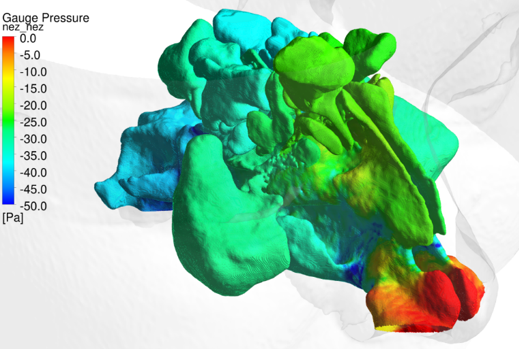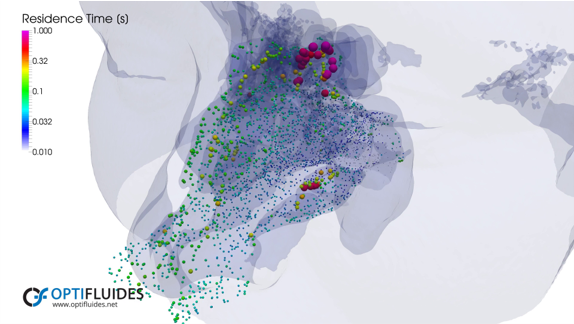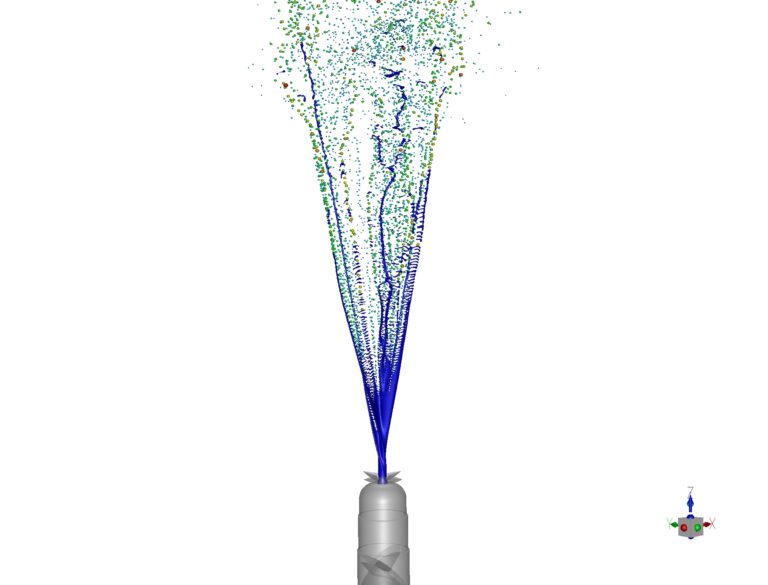Context
Numerical CFD simulations have enabled us to gain a better understanding of nasal physiology, and in particular of airflow during respiratory cycles. Air, and a fortiori its movements, are not directly observable. The difficult accessibility of the upper respiratory tract makes understanding its flow all the more complicated. Modeling airflow in the nasal passages using CFD numerical tools provides a unique description of this fundamental mechanism of life, as well as quantifying various quantities useful for analyzing respiratory problems or understanding fluid-body interactions.






